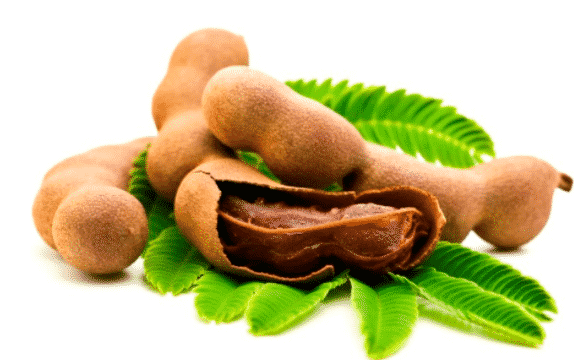
what is Tamarind extract
Capsules (scientific name: Tamarindus indica Linn.), trees, 10-15(-25) m high, 30-50(-90) cm diameter at breast height; Bark dark gray, irregular longitudinal split. Leaflets small, oblong, apex obtuse or retuse, base rounded and oblique, glabrous.
Flowers yellow or mixed with purplish red stripes, few; Pedicels total and pedicels yellow-green pubescent; Bracteoles 2, compactly enclosing bud before flowering; Calyx tube ca. 7 mm, lobes of eaves lanceolate oblong, reflexed after anthesis; Petals obovate, subequal to calyx lobes, margin undulate, wrinkled; Stamens 1.2-1.5 cm long, pilose near base, filaments separated parts ca. 7 mm, anthers elliptic; Ovary terete, slightly curved, hairy.
Pod terete oblong, swollen, brown, straight or curved, often irregularly constricted; Seeds 3-14, brown, shiny. Flowering from May to August; Fruit stage 12- May of the following year.
Caput tree is the city tree of Sanya City, Hainan Province, China. The fruit tastes sweet and sour and can be eaten raw or cooked. Dry thick canopy, strong wind resistance, suitable for coastal areas planted. The material is heavy and hard, and the texture is fine. It is used in construction, manufacturing agricultural tools, vehicles and high-grade furniture.
What is Tamarind and Tamarind extract
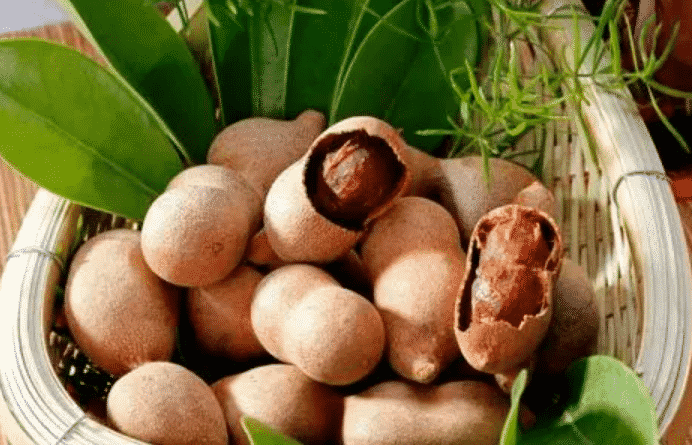
Tamarind, also known as sour horn, luohuangzi and sour bean, belongs to cymbiaceae (sour bean). It is a tall evergreen tree growing in the tropics and subtropics. It is a single genus and single species plant.
Tamarind is native to tropical regions such as Africa and South America. Now there are bow species and Cultivation in tropical and south subtropical regions all over the world, especially in Asian countries such as India, Indonesia, Thailand, China, Myanmar and Pakistan. It is introduced and cultivated in Yunnan, Hainan, Guangdong, Guangxi, Fujian, Sichuan, Guizhou, Taiwan and other provinces, central and Northern China.
Tamarind is mainly distributed in dry and hot river valley, dry slope wasteland, courtyard and seashore, especially in Hainan Island. The dry hot valley of Jinsha River in Yunnan Province is the main production area of tamarind in China, and its yield and quality are better than those in other areas
What is the chemical composition of Tamarind extract

Tamarind fruit is bean shaped, with thick pods, fleshy, thin skin and dark brown. It consists of three parts: shell, fruit and seed. The weight ratio of shell, pulp and seed to the whole fruit is about 2:5:3
What is tamarind pulp of Tamarind extract
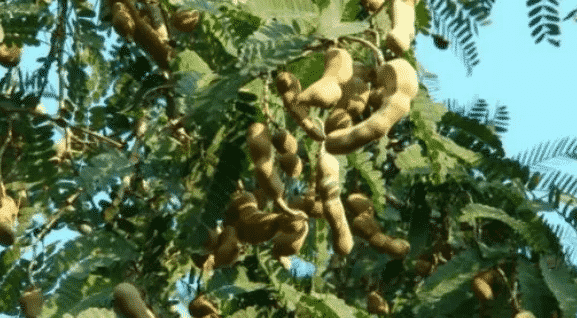
Tamarind pulp is the most valuable and widely used part of the fruit. The pulp is red and rich in reducing sugar, organic acids, vitamins, minerals, aromatic compounds and pigments. In addition, it also contains protein, fat and so on
Tamarind pulp also contains a variety of aromatic substances. 61 aromatic substances in tamarind pulp were analyzed by, mainly including acetyl enan, phenylethane, dilute, hexanol, phenylethanol, linanol (I), hupinol (, xanthin) (etc.); 28 compounds were determined by solvent extraction and steam feed, and then analyzed, mainly including furoic acid, phenylacetaldehyde, methylfurfuran sugar and methylfurfurase.
What is tamarind seed
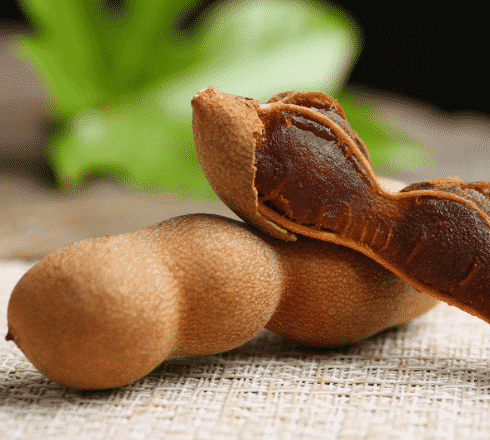
Tamarind seed accounts for 30% of the fruit, which is composed of seed kernel and seed coat, and seed kernel accounts for 60-70% of the seed. The nutritional components of seed kernel include protein, fat, carbohydrate, ash, crude fiber and minerals.
What is Luowang shell of Tamarind extract
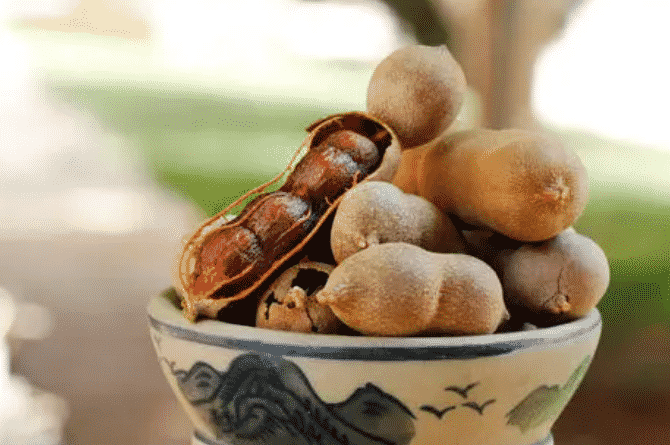
The shell of tamarind is the pod of tamarind fruit, which is generally discarded. According to relevant studies, the cotyledon shell, like the fruit, contains high flavonoids, which is very worthy of research and development.
Zhuang Junhua studied that the main components of tamarind shell are flavonoids, mainly quercetin (, kaempferol (, Morin (, procyanidin (), naringin (, luteolin (, myricetin) At the same time, it was found that it has hypoglycemic effect. Therefore, the extract of Rosa chinensis shell can be developed as a new resource product.
The protein content of tamarind seed kernel is as high as 20%. In addition to eight essential amino acids, the amino acids constituting the protein also include ten amino acids: histidine (0.47%), arginine (1.79%), aspartic acid (1.45%), glutamate (2.89%), proline (0.36%), glycine (0.78%), serine (0.69%), alanine (0.57%), cystine (0.12%) and tensine (0.67%), It can be seen that it is a good potential plant protein resource
What is tamarind pectin and tamarind polysaccharide

Tamarind pectin, also known as tamarind seed polysaccharide, is a hydrophilic polysaccharide extracted from seed kernel. It is composed of D-galactose, d-xylose and D-glucose in a repeating unit of 1:3:4. It has the functions of salt resistance, heat resistance and acid resistance, adhesion, thickening, stability, gel, dispersion and emulsification.
The viscosity of its aqueous solution is lower than that of Longhorn bean gum and guar gum, and higher than that of Arabic gum.
Due to the special composition and structure of tamarind pectin, it has a variety of properties and wide applications. The minerals in tamarind seed kernel mainly contain potassium, sodium, calcium, magnesium, phosphorus and silicon
What is tamarind polysaccharide
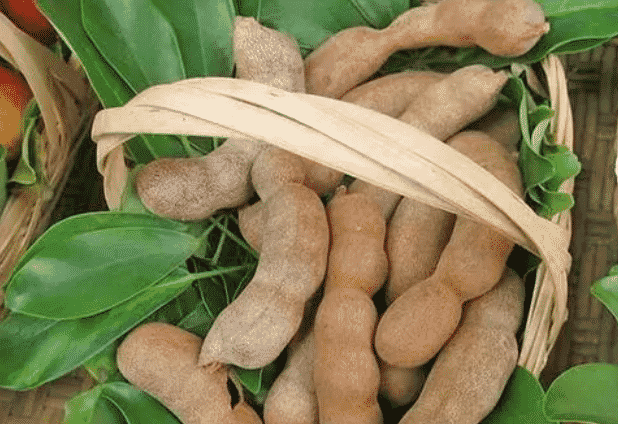
Tamarind pectin, also known as tamarind polysaccharide, is referred to as TSP (Tamarind Seed Polysaccharide). It is a hydrophilic polysaccharide extracted from kernel. It consists of D- galactose, D- xylose and D- glucosaccharide by repeating unit of 1:3:4. It has salt resistance, heat resistance, acid resistance adhesion, thickening, stabilization, gel, dispersion and emulsification.
What is polysaccharide
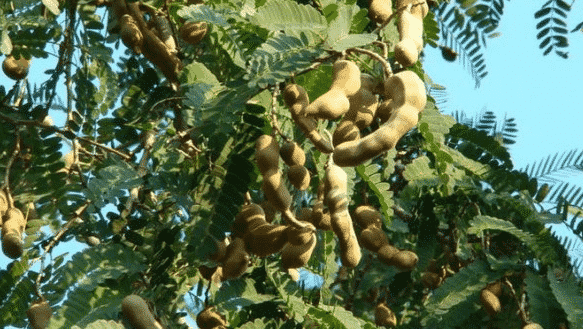
Polysaccharide, also known as polysaccharide, is a natural carbohydrate formed by the combination of more than 10 monosaccharides through sugar sweet bonds. It is an indispensable energy material to maintain life activities
In organisms, sugar is an important nutrient and supporting substance for plant cells and tissues. Animals eat carbohydrates to provide energy for physiological activities and other sports. Sugar can also combine with other non sugar substances to form Xi and exist in organisms.
Sugar can be distributed in all parts of plants. Most of the roots, stems, leaves, flowers, fruits and seeds of plants contain sugars such as glucose, fructose, starch and cellulose
What effect does tamarind extract have
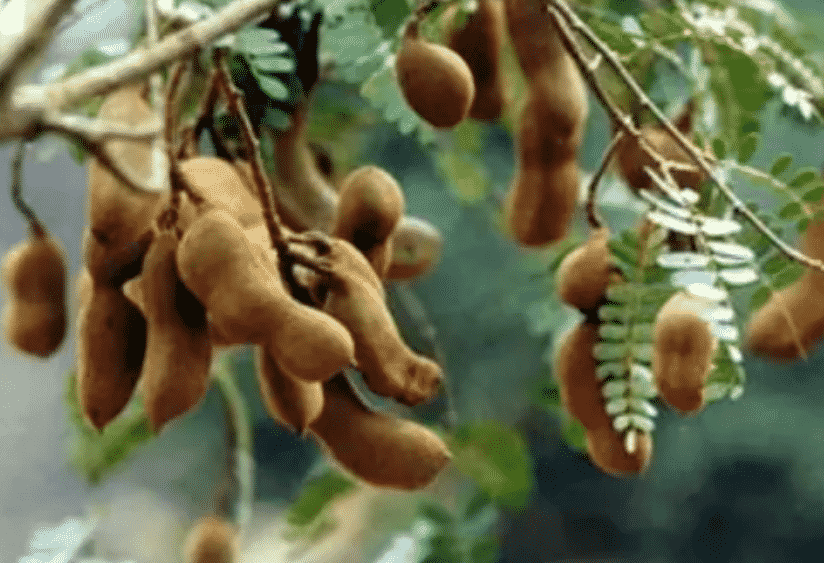
In the tobacco industry, tamarind extract is a commonly used aroma raw material, which is generally obtained by extraction and concentration with a single solvent; The volatile oil of tamarind can also be extracted by supercritical CO2 fluid and used in cigarette flavored sour horn fruit.
The aromatic components such as furfural, Dihexyl malate, o-dimethyl dibutyl phthalate, 5-methyl-2 (3H) furan sugar, phenylacetaldehyde and 5-methyl furfural can significantly increase the aroma of cigarette; Organic acids can reduce irritation and improve taste; Reducing sugar has the function of softening smoke.
What effect does the cost of Tamarind extract have
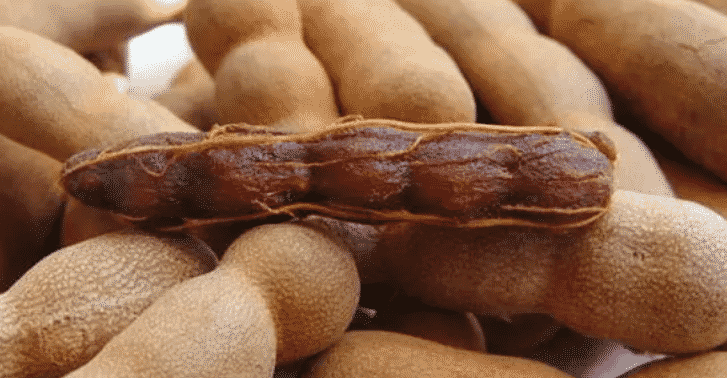
Tamarind has many medicinal and health functions. According to the Ming Dynasty’s materia medica of Southern Yunnan, “sour horn tastes sweet and sour (sex) is flat.
It can cure alcoholic diseases. It is separated from the stomach, and it is the same as white sugar decoction. Take it for one money in the morning and evening”. “Luo Huangzi” is sweet in taste and warm in nature. It can cure insects in the viscera and children’s abdominal pain, ringworm and hard accumulation, nourish the liver and gallbladder, brighten the eyes and remove pannus, quench thirst and fever, and relieve wind evil “.
According to relevant studies, tamarind pulp contains a large amount of ammonium potassium tartrate and tartaric acid, which are good chelators. After eating, people can inhibit the crystallization of calcium oxalate in the urinary system and reduce human stone disease.
Other studies have shown that tamarind has the effects of bacteriostasis, anti mutation and anti carcinogen “I”, reducing blood sugar, mild diarrhea, protecting cell damage and calcium supplement.
Where can Tamarind extract pectin be used
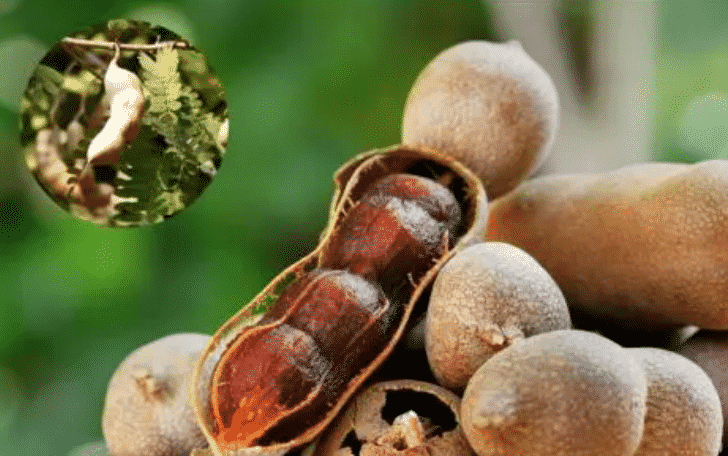
For example, it can be used as the adhesive for reconstituted tobacco leaves. Compared with the water resistance of CMC (methyl cellulose) and CMS (methyl starch) currently used, tamarind pectin not only plays a good adhesive role, but also improves the water resistance.
Moreover, the reconstituted tobacco leaves have no peculiar smell after burning, and can be used as the adhesive for traditional Chinese medicine tablets in the pharmaceutical industry, It can also be used as thickener and stabilizer for cream drugs;
Thickening can also be used for the modulation of toothpaste, detergent, sizing, explosive and gypsum; Stabilizing effect can be used for ice cream and ice cream; Gelation can be applied to jelly, jam, beverage or soft candy; Dispersion and suspension can be used in papermaking; Emulsification can be used as emulsifier of rubber emulsion
Where can tamarind skin be used
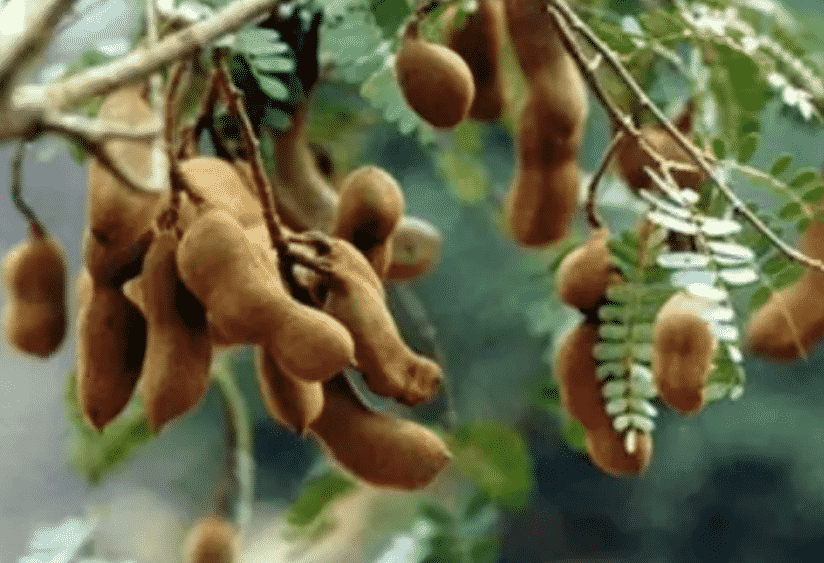
The tannin in tamarind seed coat can be used to treat dysentery and abscess; Tamarind seed coat extract has strong antioxidant and hypoglycemic effects.
Its effective component is proanthocyanidins (trimer ~ heptamer), which is widely used in food, oil and meat processing; The pigment of tamarind seed coat is brownish red, which can be widely used to add pigment to food
How do you extract tamarind?
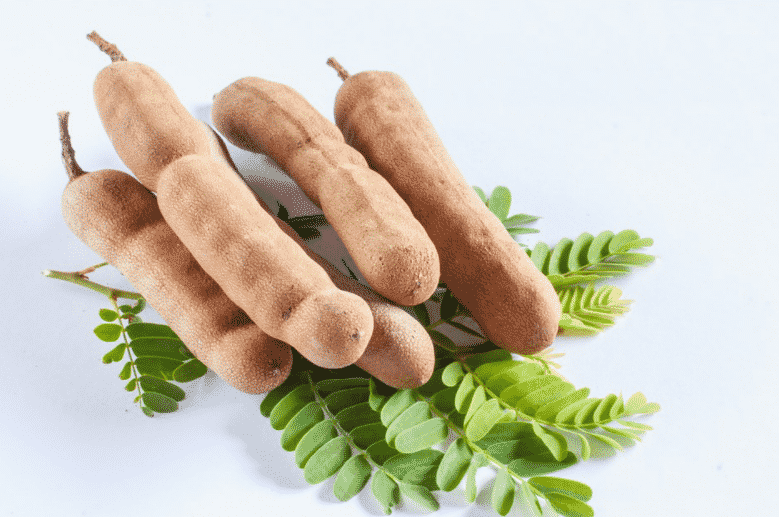
What are benefits of tamarind?
Fighting infection
Tamarind is a good source of vitamin C. Vitamin C is an effective natural water-soluble antioxidant, which can help the body resist infection factors and eliminate carcinogenic free radicals.
Management of constipation
Tamarind is very useful for the treatment of constipation, because it can relieve stool and help prevent or treat constipation.
Tamarind juice is an important consideration for people with constipation and can help them get some relief.
Eliminate orange peel
Mix 1 tsp lemon juice with 2 tsp tamarind extract, 1 tsp sugar and 1 / 2 tsp Baking soda. The remedial measures are applied outside the affected area. Massage the area with a brush to scrub the mixture
Reduce acidity
Tamarind can be used to reduce acidity in the body, especially in bile. Too much acidity puts more pressure on the body because the body produces some functions.
Acidity can also affect our bones and teeth, as it erodes the outer covering, making it fragile and fragile.
Diabetes
You can use it with other herbs that provide benefits for diabetics, such as jamun. Tamarind pulp reduces glucose levels.
anodyne
Apply a mixture of tamarind pulp, leaves and flowers to painful or swollen joints to help you feel great comfort. It can act as a pain killer and reduce swelling.
Lower cholesterol
Tamarind, like other organic foods, can also lower cholesterol levels and maintain heart health.
By lowering cholesterol, tamarind can prevent the development of heart disease and cardiovascular disease, thereby prolonging life expectancy and improving the chances of a healthy and disease-free life.
Fighting cancer
Tamarinds are an important source of antioxidants that help fight cancer by reducing the increase in cancer prone free radicals. Like other sources of antioxidants, tamarinds contain a lot of antioxidants that help fight cancer.
Detoxification
Tamarind can be used as a family therapy to detoxify the body. Soak tamarind juice in water and drink it to detoxify or clean your system.
By detoxifying your body, you get rid of harmful toxins, which sometimes lead to disease, thus making it work properly.
malaria
People with malaria often have high fever, which can sometimes be fatal. By drinking tea made from tamarind leaves, you will get a high fever caused by malaria and seek treatment.
Is tamarind extract the same as tamarind paste?
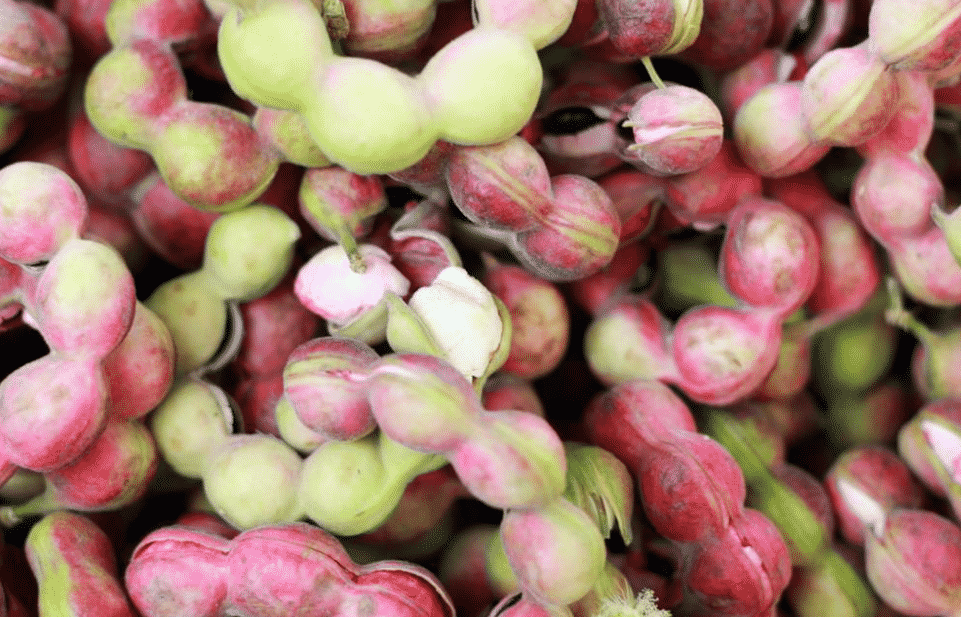
tamarind extract asda
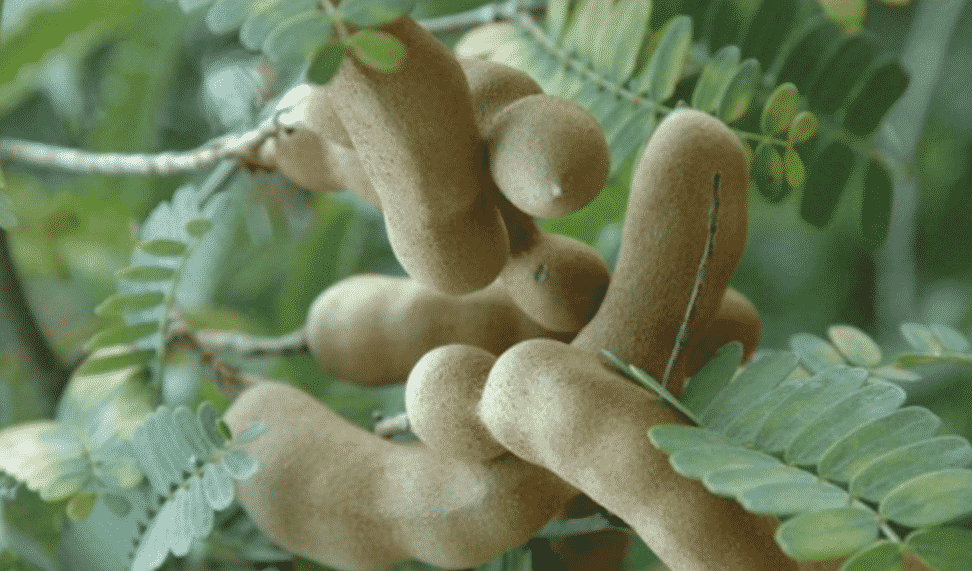
tamarind extract ingredients

The volatile components of tamarind extract were extracted with dichloromethane and water by eddy centrifugation and analyzed by gas chromatography-mass spectrometry (GC-MS).
The results showed that 38 volatile components were identified from tamarind extract, among which the main components (mass fraction) were diethyl tartrate (35.20%), 5-hydroxymethylfurfural (23.09%), diethyl malate (17.89%), furfural (3.27%), methyl benzyl alcohol (2.29%) and ethyl evulinate (1.93%) ), 2, 5-diformylfuran (1.82%) and ethyl lactate (1.39%).
Diethyl tartrate, 5-hydroxymethylfurfural, diethyl malate, furfural, ethyl levulinate and other volatile components constitute the aroma of tamarind extract, which can improve the smoking quality of cigarettes and endue the cigarettes with unique aroma characteristics.
- Tamarind extract, acid hornfruit extract
- [Product name] : tamarind extract, acid pod extract
- [Product alias] : acid horn, acid son, Indian jujube, Thailand sweet horn, sour plum tree, sour dumplings, blood, wood, sour plum, Mam, Luo Huang son.
- Collect tamarind in spring, remove seeds and dry in the sun. Genus: Sappanaceae genus.
- [distribution of raw materials] : Originally produced in Africa. China is found in Fujian, Guangdong, Guangxi, Yunnan, Hainan, and Taiwan. In Hainan, it is mainly distributed in the south, such as Sanya, Lingshui, Ledong, and Danzhou at the junction of Changjiang River and Zhubi River, and less in the north and middle of Hainan.
- [Production Technology] : Selection of raw materials, cleaning raw materials, three times of extraction, concentration, spray powder, screening sterilization, packaging.
- [Product Specifications] : [5:1] [10:1] [20:1] [30:1] or customized according to customer requirements.
- [Detection method] : TLC
- [Product Properties] : Brown powder
- [mesh aperture] : over 100 mesh
- [Physical and chemical indicators] : Appearance: loose powder, no agglomeration, no visible impurities.
- Color: has the inherent color of the product.
- Odor: the odor inherent to the product.
- [Product Packaging] : 0.5-5kg/ bag is packed in aluminum foil bags, lined with sterile bags and vacuum packed
- 25kg cardboard drum lined with double aseptic pouch or can be packed according to customer requirements
- [Storage] : Store in dry and cool place, avoid sunlight and high temperature
- [Warranty] : The original package is 24 months
tamarind extract vs concentrate
tamarind extract woolworths

tamarind extract where to buy

tamarind extract tesco
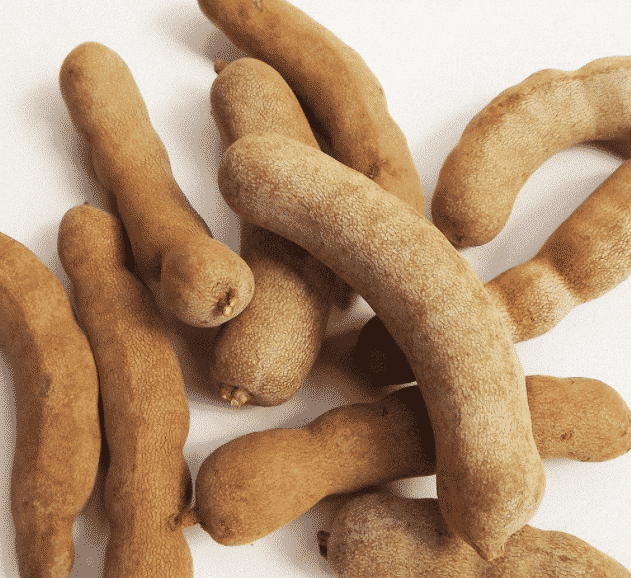
tamarind extract gluten free
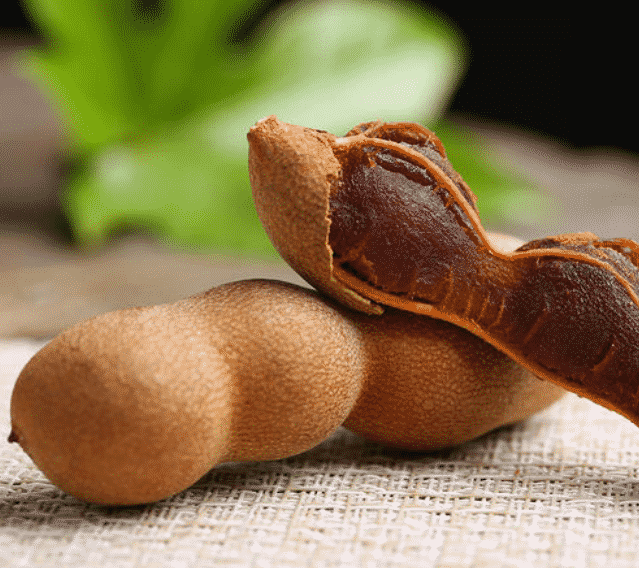
how to make tamarind water from paste
tamarind extract asda
tamarind extract meaning
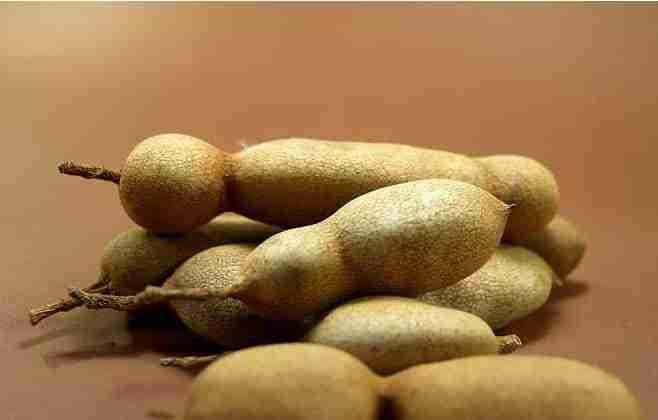
tamarind extract hair
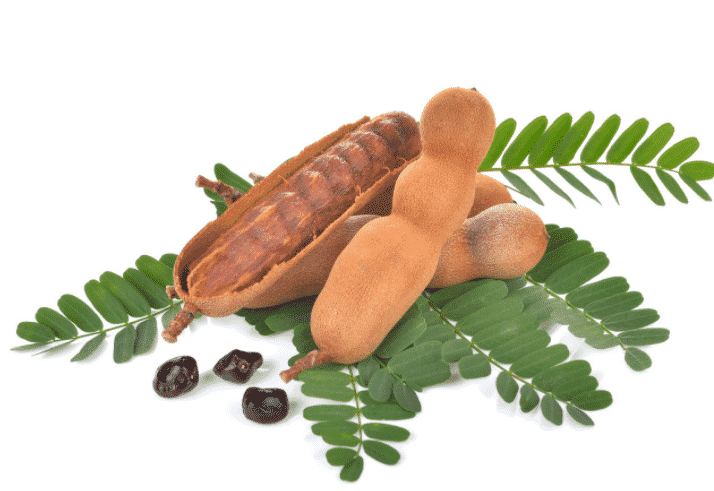
Moisturize skin and hair
Tamarind is a great skin and hair tonic. For the skin, it can help reduce inflammation and irritation, and is a common folk remedy for conditions such as hemorrhoids, which are mainly caused by swelling and inflammation.
Topically, it can also be used in conditions like cellulite to help smooth the skin and reduce the appearance of dimples. It can also be used to treat hair loss or thinning due to age or hormone imbalances.
What is Enzymatic extraction of Tamarind extract
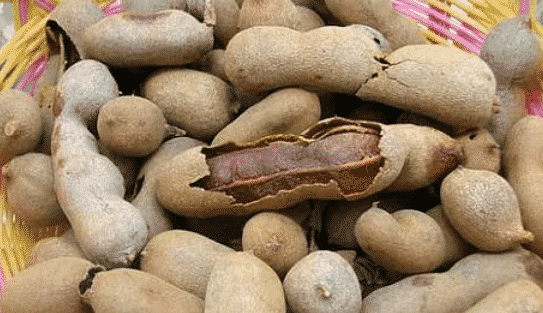
Cellulase and pectinase are commonly used in enzymatic extraction of flavonoids.
Because the components of plant cell wall and intercellular matrix are mainly cellulose and pectin, the degradation of plant cell wall by cellulose and pectinase is conducive to the dissolution of flavonoids in cells.
tamarind extract in hindi
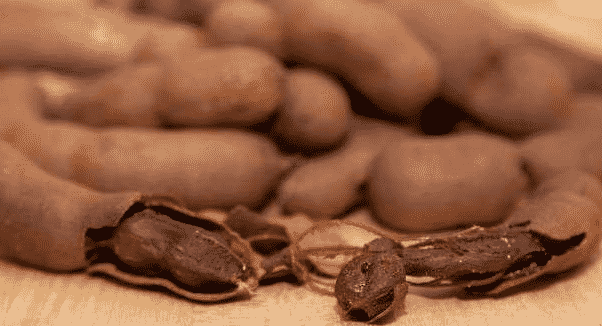
Tamarind is a small tree that is actually native to the African continent, but is now grown in India and other parts of the Asian continent.
It has long been valued for its small, sweet and sour fruit, both raw and cooked. When the fruit is soaked in water, the result is a sweet, tangy liquid used in a variety of Southeast Asian dishes.
That’s not the only reason tamarind is revered throughout the region. It has a long history of medicinal benefits and is a great, still-unknown superfood that the West has largely yet to discover
tamarind extract for skin

As a mask, you can use tamarind. Adding some yogurt can keep our skin clean and free of bacteria.
To wash your face with tamarind, you only need pure tamarind mud, yogurt and rose water. Mix well and apply directly to your face. Wait 25 minutes and wash it off.
Solvent extraction of tamarind extract
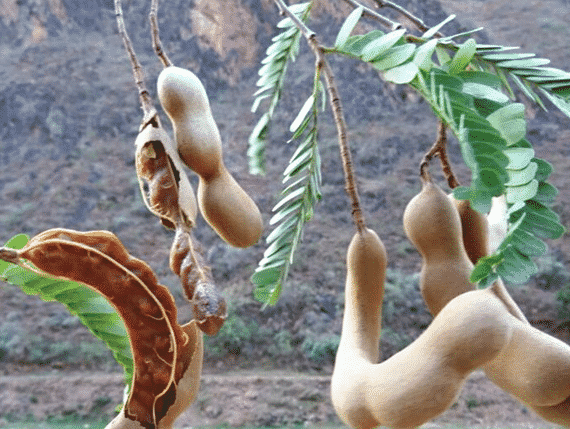
The principle of solvent extraction method is to use different polarity of flavonoids and mixed impurities, and select different solvents for extraction to achieve the purpose of refining and purification.
Most free flavonoids should be extracted with less polar solvents, such as chloroform, ethyl clown and ethyl acetate, while polymethoxy flavonoids can even be extracted with benzene.
Flavonoids and free flavonoids with high polarity (such as hydroxyflavone, biflavone, orange ketone, chalcone, etc.) can generally be extracted with ethyl acetate, acetone, ethanol, methanol, water or some mixed solvents with high polarity. This method includes ethanol or methanol extraction, hot water extraction, dilute alkali or dilute alcohol extraction, etc.
How is tamarind extract extracted?
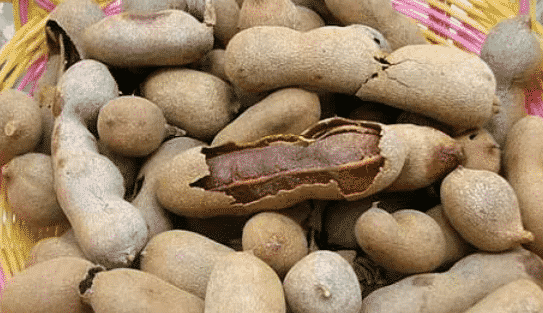
Microwave extraction method is to penetrate the plant cell wall through high-frequency electromagnetic wave, and the heat energy generated by microwave increases the internal temperature of the cell, so as to rupture the whole cell and outflow of effective components. Microwave extraction has the advantages of high efficiency, low energy consumption, simple operation and so on.
What is Ultrasonic assisted extraction

Ultrasonic assisted extraction uses ultrasonic cavitation or secondary effects (such as mechanical vibration, emulsification, diffusion, crushing and chemical effects) to accelerate the extraction of effective components from plants.
The mass transfer process between drug particles and extractant can be divided into four steps: the extractant diffuses from the main liquid phase to the solid-liquid interface through the boundary layer;
The dissolved substances in the cytoplasm of medicinal granules diffuse through the cell membrane through the cell wall to the solid-liquid resistance interface; At the solid-liquid resistance interface, the extractant can extract, associate and dissolve with the internal solution to form a certain form of extract;
The extract leaves the interface and diffuses to the main body of the liquid phase through the fluid membrane. It is characterized by simple equipment, convenient operation, short extraction time and high yield.
What is tamarind pulp polysaccharide
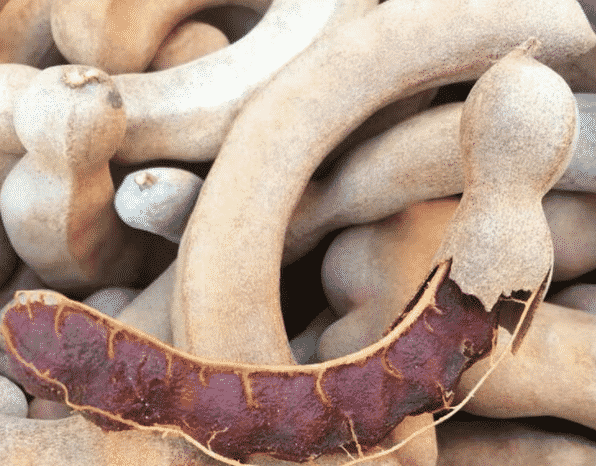
Tamarind pulp polysaccharide is a kind of polysaccharide extracted from tamarind pulp. Tamarind pulp contains organic acids, sugars, vitamins, proteins and minerals.
Studies on pharmacological effects show that tamarind pulp has the effects of lipid-lowering, bacteriostasis, hypoglycemia, anti mutation and anti carcinogenesis.
In the tobacco industry, tamarind extract is a commonly used aroma raw material, which is generally obtained by single solvent extraction or multi-stage solvent extraction and concentration;
It is also reported that the volatile oil of tamarind extracted by supercritical CO2 fluid is used for cigarette flavoring
tamarind extract substitute
tamarind extract ingredients
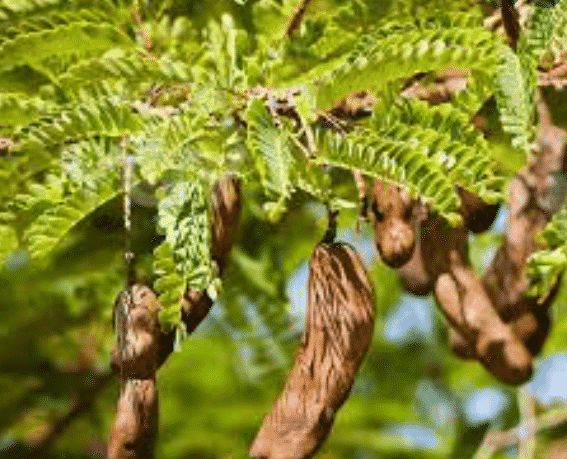
Tamarindus indica (Tamarindus indica), commonly known as sour horn, belongs to the cloud seed family. The fruit has a delicious sour taste. It is widely used as the raw material of fruit food, sour agent, cool beverage and the fragrance of tobacco.
For many years, people only use the meat of the fruit and discard the seed as waste. Now we have developed a method to extract pectin from plant seeds.
The extracted pectin is mainly a polysaccharide composed of glucose, xylose and galactose. It looks gray white powder and almost tasteless. We named it tamarind polysaccharide (STP) pectin.
In order to further apply STP to food industry and tobacco industry, we determined and analyzed the nutritional components of STP Tamarind tree is widely distributed in Yunnan Province and rich in resources. It is the main producing area in China.
The development of TSP pectin found the useful components of tamarind seeds and turned waste into treasure. Tsp pectin has the functions of adhesion, condensation, thickening, dispersion, emulsification, stability, water retention and film-forming. It is a new all natural food additive and tobacco flake adhesive.
tamarind extract recipe

tamarind extract recipe
Biological and ecological characteristics
Tamarind is most suitable to grow in areas with high temperature, long sunshine, dry climate and distinct dry and wet seasons. Normal growth and development, flowering and fruiting require environmental conditions with an average temperature of more than 10 ℃, an annual accumulated temperature of about 7500 ℃, a rainfall of less than 1000 mm and a sunshine duration of more than 2200 H.
Tamarind does not have strict requirements on soil conditions. It can grow well in loose and fertile south subtropical red soil, lateritic soil and alluvial sandy soil, but poor in clay and barren soil.
Tamarind has strong fecundity, fast growth and early fruit bearing. The fruiting tree can bloom and bear fruit in 3 ~ 5 years, and enter the peak fruit period in 7 ~ 8 years. The economic life can last for 60 years, and the life span can be as long as 100 to hundreds of years.
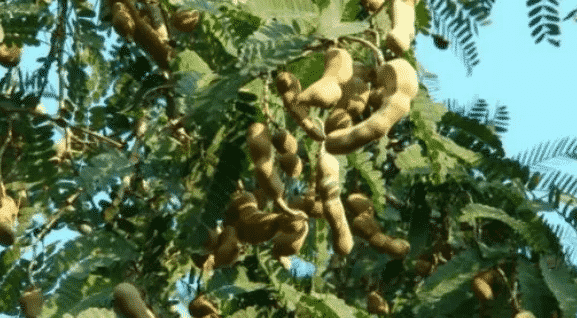
Tamarind sprouts and opens from April to May every year. The flower buds are mixed buds, which are planted on short branches. During germination, they grow leaves first and then bloom. The branches and leaves grow vigorously in summer, stop growing in autumn, and fall leaves one after another around the beginning of spring the next year.
It bears fruit from September to November, and the fruit matures from March to April in the second year of the winter solstice. The fruit begins to germinate and blossom after harvest. Tamarind has the habit of flowering many times a year, but it has many flowers and fruits in spring, large fruit type and good quality.
tamarind extract where to buy
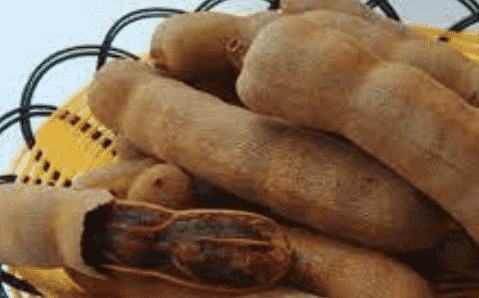
You can contact us directly for purchase. We are a professional plant extract manufacturer,
tamarind extract gluten free
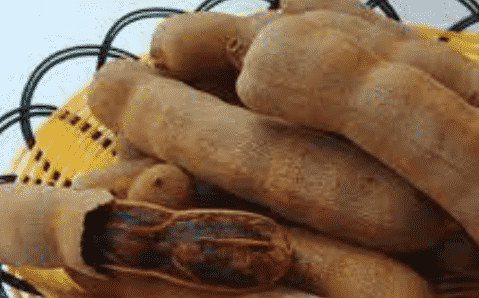
tamarind extract gluten free
Tamarind gum is a free flowing, odorless, tasteless, milky white or light beige powder.
With the decrease of the purity of the gum, the color of the product gradually deepens. It has oil smell and feel, is easy to agglomerate, and is insoluble in cold water, but it can be dispersed in cold water, dissolved in hot water, and insoluble in most organic solvents and salt solutions such as ammonium sulfate and sodium sulfate. It has no charge and belongs to neutral vegetable gum
tamarind extract tesco
tamarind extract vs paste
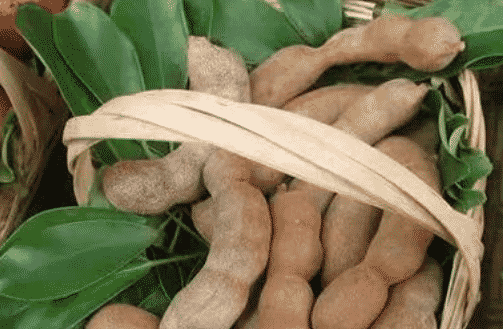
Tamarind gum is also called tamarind seed polysaccharide (TSP). It is a neutral polysaccharide extracted and separated from the endosperm (also known as acorn or plum seed) of Tamarindus L. seeds of Leguminosae Tamarindus.
It is easy to disperse in cold water and form viscous liquid when heated Tamarind gum has good heat resistance, salt resistance, acid resistance, freezing and thawing resistance.
It has the functions of stability, emulsification, thickening, condensation, water retention and film-forming. Its aqueous solution has strong viscosity and its viscosity is not affected by acids and salts. It is a widely used edible gum.
tamarind extract benefits
Effect of improving starch quality
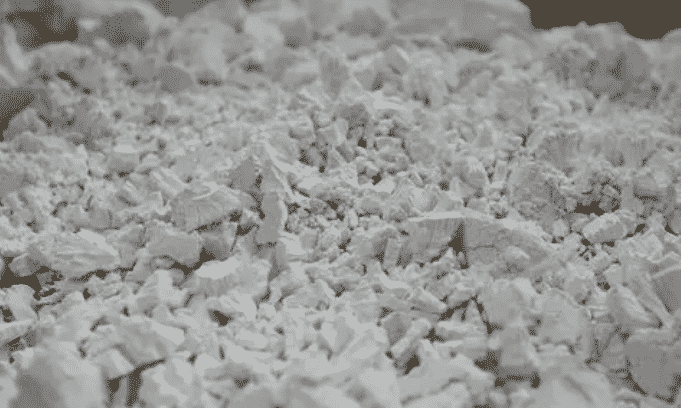
♦ Inhibit starch aging
♦ Improve the taste of flour products
♦ Promote gelatinization of starch
♦ Improve the heat resistance and mechanical shear force of starch
Thickening and stabilization
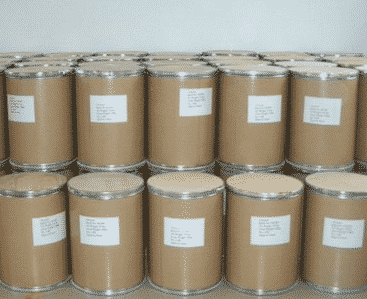
♦ It can give the video a natural taste
♦ No sticky taste, giving liquid food smooth fluidity
♦ It has high stability to acid, salt and heat
♦ It can endow low-fat food with natural and strong creamy taste
Water retention
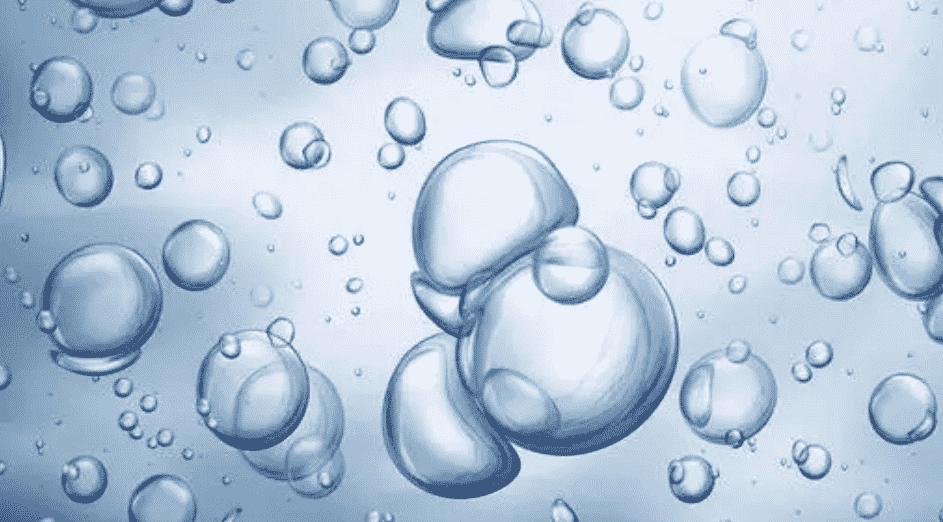
◆ strong ability to control free water and improve the water retention performance of the product
◆ it can prevent water precipitation of beverages, dairy products and jelly
◆ it can give the product attractive luster
Stabilization of ice crystals

◆ fine ice crystals can be formed in frozen products
◆ give ice cream delicate structure and taste
◆ enhance the freeze-thaw stability of the product
Emulsion stability
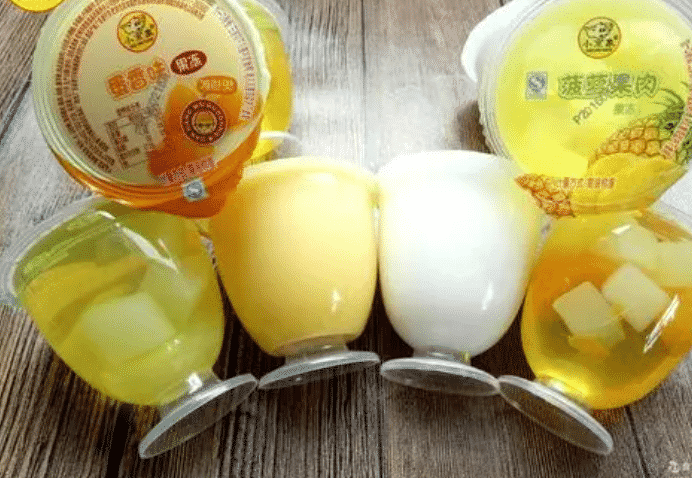
◆ prevent accumulation and precipitation of pulp in fruit juice
◆ provide excellent turbidity of the product
◆ increase the authenticity of the product
Emulsifying stability
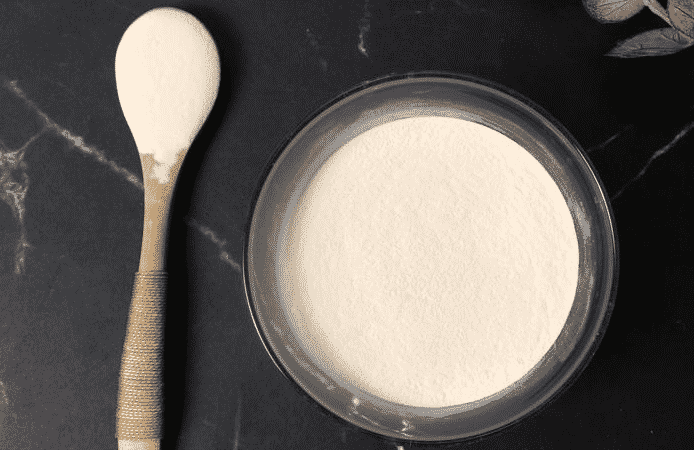
◆ it has emulsifying function and synergistic effect on emulsifier
◆ it can give emulsified food a smooth taste
how to make tamarind extract
horse gram malabar tamarind extract
is tamarind extract soy free
is tamarind extract good for skin
malabar tamarind extract
tamarind seed extract
tamarindus indica seed extract
tamarind pulp extract
tamarind seed extract skin benefits
tamarind seed extract skin care
tamarindus indica extract
tamarind leaves extract
tamarindo extract
tamarind fruit extract

Tamarind, also known as sour horn and sour bean, is the fruit of sour bean, a leguminous plant. It is mostly produced in Hainan, China Yunnan, Guangxi and Guangdong. The fruit contains glucose, fructose, sucrose and other sugars, citric acid, tartaric acid, malic acid, formic acid and other organic acids, as well as amino acids such as serine, alanine, proline, phenylalanine and leucine.
It has the functions of clearing heat, relieving summer heat, eating and accumulating.
Because the fruit has pod skin, many seeds and contains a lot of organic acids, it is not suitable to eat raw. It is a good raw material for the production of cool drinks. Horseshoe is an edible tuber of water chestnut, a sand grass plant. It is widely planted in the Yangtze River Basin in China and is rich in resources.
For a long time, except for a small amount of horseshoe used for processing into canned horseshoe, most of them are mainly fresh food. Due to the difficulty of keeping fresh and the concentration of harvest time, a large number of horseshoe molds are often caused.
Horseshoe skin is thin, juicy, sweet and delicious. It is easy to take juice. It is an ideal raw material for beverage production. By mixing horseshoe juice and tamarind juice in a certain proportion, a compound natural tamarind horseshoe juice beverage is made, which not only learns from each other in flavor, but also complements each other in nutritional components, which is conducive to improving nutritional value
tamarind juice extract

Tamarind, also known as sour horn and sour plum, is a tall tree growing in the tropics. Tamarind fruit is rich in organic acids, sugars, vitamins, proteins, free amino acids and minerals.
Organic acids are mainly tartaric acid, citric acid, citric acid, acetic acid, malic acid, etc;
Sugars are mainly glucose, mannose and maltose; The life support system is mainly carotene and vitamins; Free amino acids include phenylalanine, leucine and serine; Minerals are mainly calcium, phosphorus and iron.
Tamarind seed has skin, peeling is seed kernel, which is rich in Protein, fat, minerals, vitamins, pectin and tamarind seeds Polysaccharide, etc.
Tamarind protein contains eight essential amino acids, It is a high-quality protein worthy of development and utilization. Tamarind kernel It has the effects of strengthening stomach, treating dysentery and reducing cholesterol, and can be widely used in preparation Health food and beverage for children and the elderly
Where can tamarind gum be used
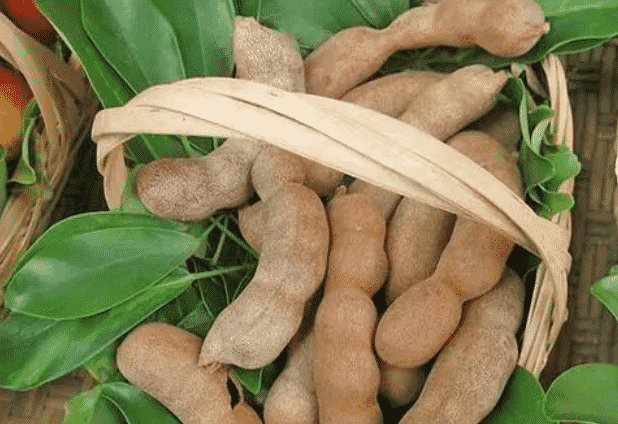
Tamarind pulp polysaccharide is a kind of polysaccharide extracted from tamarind pulp.
Tamarind pulp contains organic acids, sugars, vitamins, proteins and minerals. Studies on pharmacological effects show that tamarind pulp has the effects of lipid-lowering, bacteriostasis, hypoglycemia, anti mutation and anti carcinogenesis. In the tobacco industry, tamarind extract is a commonly used aroma raw material,
which is generally obtained by single solvent extraction or multi-stage solvent extraction and concentration; It is also reported that the volatile oil of tamarind extracted by supercritical CO2 fluid is used for cigarette flavoring
What is tamarind gum
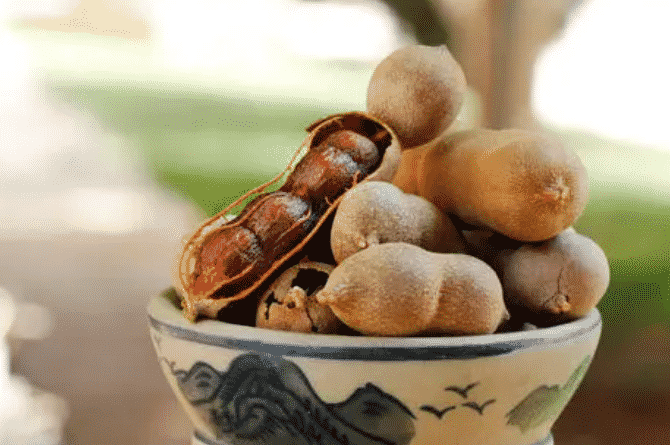
In the food industry, many polysaccharides are used to modify the functional or textural properties of existing foods, and even used in food preparation Create new food [4]. Tamarind gum is one of the important polysaccharides widely used in the food industry.
Tamarind gum, also known as tamarind seed polysaccharide, is called tamarind gum for short TSP), which is from Tamarindus indica in Leguminosae It is a kind of high-purity grayish white powder with light brown, which is refined by special technology after the endosperm of seeds is roasted and crushed end
What is the molecular structure of tamarind gum

What is the molecular structure of tamarind gum
The molecular structure of tamarind gum is mainly composed of D-galactose, d-xylose and D-glucose in the ratio of 1:2:3 Polysaccharide , it has also been reported that the ratio of the three is 1:2.25:2.8 .
In addition to polysaccharides, there are a small amount of free polysaccharides L-arabinose. In the molecular structure of tamarind gum, the main chain is β- D-1,4-linked glucose, the side chain is α- D-1,6-Linked xylose and β- D-1,2-linked galactose , which constitutes a polysaccharide with a large number of branched chains
Tamarind gum itself has no charge and belongs to neutral vegetable gum. But when tamarind gum uses metal hydroxide or alkali After treatment with the salt solution of formula, the corresponding metal complex can be obtained, which can become anionic or cationic derivatives
How about the solubility of tamarind gum
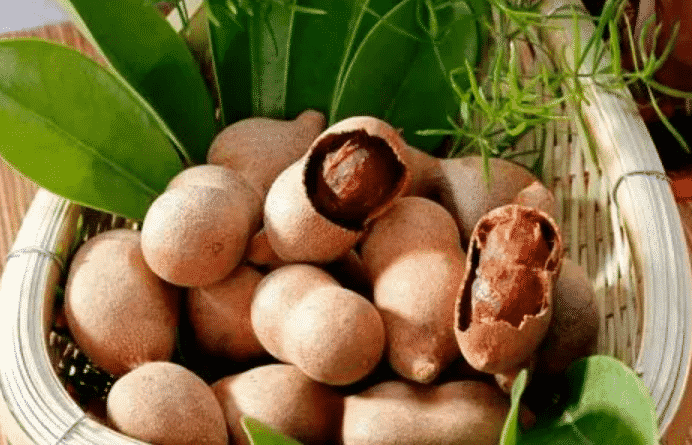
Ordinary tamarind gum decomposes well in cold water, but its molecules cannot be completely hydrated, so supramolecular entanglement still exists in aqueous solution.
When heated to 85 ℃, a uniform viscous liquid is formed. The viscosity of the glue is related to the mass concentration. Gao Liyan and others reported that the hydroxypropylated tamarind gum could be dissolved in cold water at room temperature, but its viscosity decreased significantly.
Tamarind gum is insoluble in most organic solvents and salt solutions such as ammonium sulfate and sodium sulfate
What is the application of Tamarind extract gum in ice cream

Tamarind gum, as a stabilizer, is dispersed in the ice cream liquid and gradually combined with water to make a large number of water molecules and hydrogen The three-dimensional network structure is formed on the structure, which controls the fluidity of the residual water phase and makes the feed liquid have a certain stability Viscosity, which is conducive to the effective filling of air into ice cream during freezing, and its non ductile viscosity makes ice Ice cream melts well after being imported, so that the ice cream tissue is fine, dense and soft, and has good shape retention
Melting resistance and thermal shock resistance. In addition, it can make ice cream form fine ice crystals.
Tamarind gum has good compatibility with other stabilizers, such as carrageenan, xanthan gum, konjac gum and Robinia pseudoacacia bean The compound use of colloids such as colloid and CMC has good effect and can make up for the defect of coarse ice crystal of other colloids.
can’t Masking or adsorbing the flavor substances in ice cream is conducive to the full release of flavor, and the flavor release is obviously better than others Colloid. Generally, the synergistic effect of tamarind gum combined with other colloids is not obvious, but each gum Their respective advantages will not offset each other
What is the application of tamarind gum in water ice Tamarind extract

In water ice products, the addition of tamarind gum can significantly improve the organizational structure of the product and effectively inhibit With the growth of ice crystals, products with very fine structure and smooth surface are obtained.
In this kind of products, tamarind gum is the most effective adhesive Strong but not sticky, good formability, good acid resistance, salt resistance and melting resistance, which can not only refreshing but also increase the physical feeling of the product.
Tamarind gum can also make sliced products smooth in section, delicate and smooth in taste
What is the application of tamarind gum in beverages Tamarind extract

Tamarind gum can form sol at low concentration (0.05% ~ 1.5%), and its viscosity is not affected by acidity. Its viscosity and color basically do not change in the range of pH 3.2 ~ 10.5.
As a thickener of fruit juice drinks, it can increase the smooth, thick and delicate taste when drinking. At the same time, the suspension of tamarind gum can also prevent the precipitation of small particles caused by long-term storage of fruit juice, so that the fine pulp particles are evenly suspended in the fruit juice, greatly reducing the sinking speed.
Can tamarind gum be used as a gelling agent for jelly and cakes

Tamarind gum has a strong water retention effect, which can effectively prevent the water in jelly and elastic cakes from cooling when the temperature decreases Condense and precipitate to form fine ice crystals.
Compared with other seed gum, tamarind gum has excellent chemical and thermal stability Qualitative, so that it can maintain stable properties during heating and cooling in the manufacturing process.
Relevant personnel have shown through experiments , When making horseshoe cake, the stratification phenomenon is due to the lack of some horseshoe starch particles and other starch particles when mixing the powder Sufficient swelling. During the cooking process, the insufficiently swollen starch particles settle due to the density difference, resulting in the stratification of the steamed cake.

When tamarind gum is added, the viscosity of the powder mixing system is greatly improved because of its tackifying effect on horseshoe powder. because Therefore, those starch particles that are not fully swollen do not settle,
forming a good suspension system, making the steamed cake The body is uniform without delamination. It has no silk, no viscosity, good acid resistance, excellent shape retention, bite strength, elasticity Smooth and refreshing horseshoe cake
Why can tamarind gum be used as starch quality improver
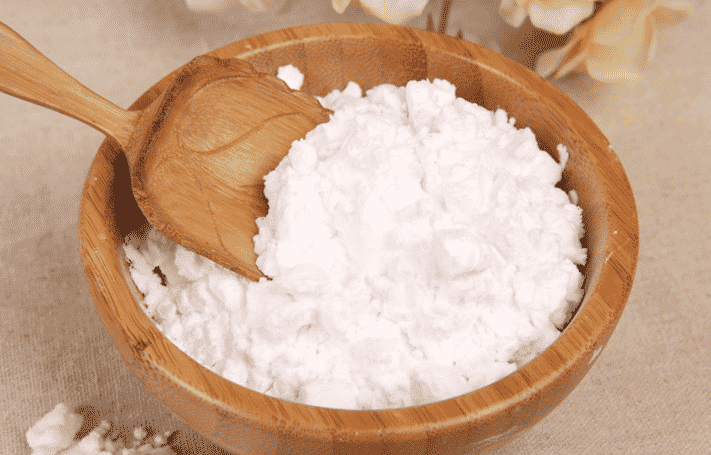
Starch is widely used in food processing. It is sticky and can form the skeleton of food, but Starch has many disadvantages in the process of processing various foods,
the most important is that it has been gelatinized( α (chemical) Lake The powder will age during placement( β Resulting in the increase of viscosity and even the formation of gel, and the transparent food becomes semi transparent Transparent or opaque,
water separation and formation of insoluble starch particles or even precipitation, all these phenomena will lead to food Tamarind gum was added as the quality improver of starch It can inhibit starch aging
Tamarind gum is a high molecular polysaccharide with a relative molecular weight of more than 500000 and a large number of side chains. When added to starch, The – oh on the side chain interacts with starch through hydrogen bond to form a larger polymer It is difficult to orient and can exist stably.
On the other hand, starch grains are easy to break and damage during processing, tamarind When glue and starch are used together, the starch can be wrapped to prevent cracking, protect the starch and make the processing more convenient The product will not accumulate and age starch particles during placement. In addition, tamarind gum has excellent water retention, It can prevent water precipitation
Can tamarind gum be used in milk

Adding about 0.5% tamarind gum to milk can enhance the thickness and sweetness of the product without sticky mouth For low-fat milk or skimmed milk, the taste is like whole milk; Used for coffee, milk or juice Milk can enhance the strong and sweet taste at the same time
Tamarind gum can be used in sauces
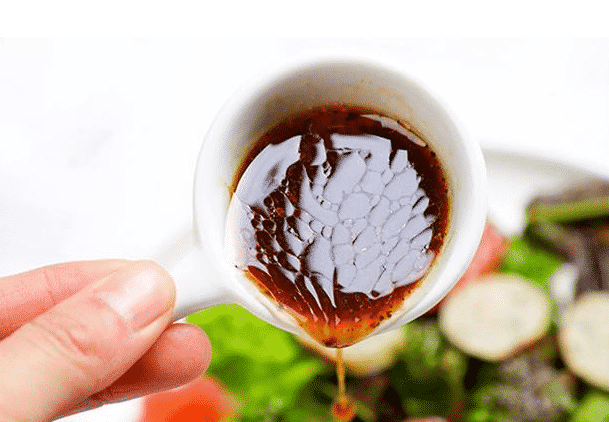
The pH of some Western food sauces is reduced by adding vinegar. These sauces require high viscosity. If a small amount of tamarind gum is added, it can improve the taste and stability of the sauce because it is acid resistant and has a certain thickening effect
At the same time, tamarind gum has good adhesion performance. For seasonings such as roast meat, roast chicken and vegetables, it is required to adhere to the product surface without falling off. Tamarind gum can be used alone or in combination with other colloids Remarkable results have been achieved.
Can tamarind gum be used in health food

The polysaccharide in tamarind gum is glucoxylose, which is an ideal source of dietary fiber. In addition, it can increase the thickness of non disturbed layer of small intestine, weaken the absorption of sugars, and prevent the occurrence and development of diabetes.
In short, the role of tamarind gum in food can be attributed to the following aspects: ice crystal stabilization, thickening stabilization, water retention, emulsification stabilization, suspension stabilization, quality improvement, gelation and health care.
What is the application of tamarind gum in toothpaste

Tamarind gum can be used as binder and thickener in toothpaste, and its dosage is 0.5% ~ 1.2%. Use tamarind
The gel toothpaste has good stability. The toothpaste can be stored for 24 hours at a low temperature of – 2 ℃ and a high temperature of 55 ℃ There was no significant change in hardness and extrudability.
Especially in enzyme toothpaste, its stability is more prominent. When carboxymethyl is used When sodium cellulose (CMC) is used, the hardness of toothpaste paste will be reduced to 1 / 6 of the original value after storage for 2 months
The hardness of tamarind gum paste remained unchanged after storage for 4 months
What is the application of tamarind gum in detergent

When tamarind gum is used as thickener and stabilizer in liquid detergent, it can ensure the storage of liquid detergent
The viscosity is basically unchanged during the storage period.
So as to ensure that the liquid detergent has good retention on the vertical hard surface and can Give full play to the cleaning effect of detergent.
At the same time, tamarind gum has certain emulsifying ability and anti redeposition ability, Because tamarind gum has the thickening and stabilizing effects of salt resistance, heat resistance and acid resistance, its viscosity is not affected by acids and salts influence. Therefore, it is a good thickening stabilizer in liquid detergent
What is the application of tamarind gum in tobacco industry

Tamarind gum is a good natural adhesive. In the tobacco industry, Cha zhenggen and others found that tamarind gum is Produce good adhesive for regenerated cut tobacco (reconstituted cut tobacco and expanded cut tobacco);
In the pharmaceutical industry, tamarind gum is not only a good adhesive for tablets, but also a thickener and stabilizer for cream drugs
What is the application of tamarind gum in the pharmaceutical industry

Tamarind gum is used in the pharmaceutical industry. It can control drug release], and has high drug capacity and high thermal stability stability
For example, nano selenium prepared by tamarind polysaccharide such as Gao Yixia may have the advantages of selenium and tamarind polysaccharide Dual biological effects will have bright prospects in the chemical prevention and treatment of cancer, and may be used in animal production It will have broad application prospects
What is the research status of tamarind gum
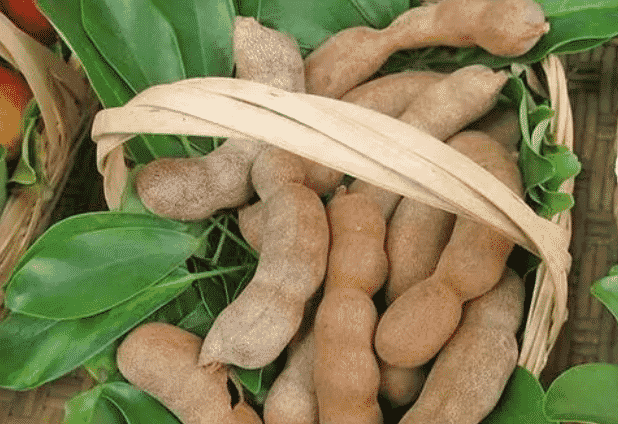
As early as the 1950s, the United States, Japan, Spain and other developed countries began to study tamarind gum
Application of. In the 1960s, Japan took the lead in realizing the industrialized production of tamarind gum and added it as food Agent sales.
Subsequently, the United States, Britain, France, China and other countries also began the tamarind gum industry Chemical production
Because some countries with developed food industry, such as the United States and Japan, have a long history of tamarind gum Therefore, tamarind gum is also widely used.
Tamarind gum is the main food additive in foreign countries Its thickening, gelling, stability and emulsification should be used for ice cream, ice cream, sauce, cooking products In the production of canned, instant curry seasoning, fruit beverage, jam, orange peel jelly, pine cake, sheep soup, soft candy, etc, Even abroad, tamarind gum is widely used in the production of chewing gum and bubble gum

